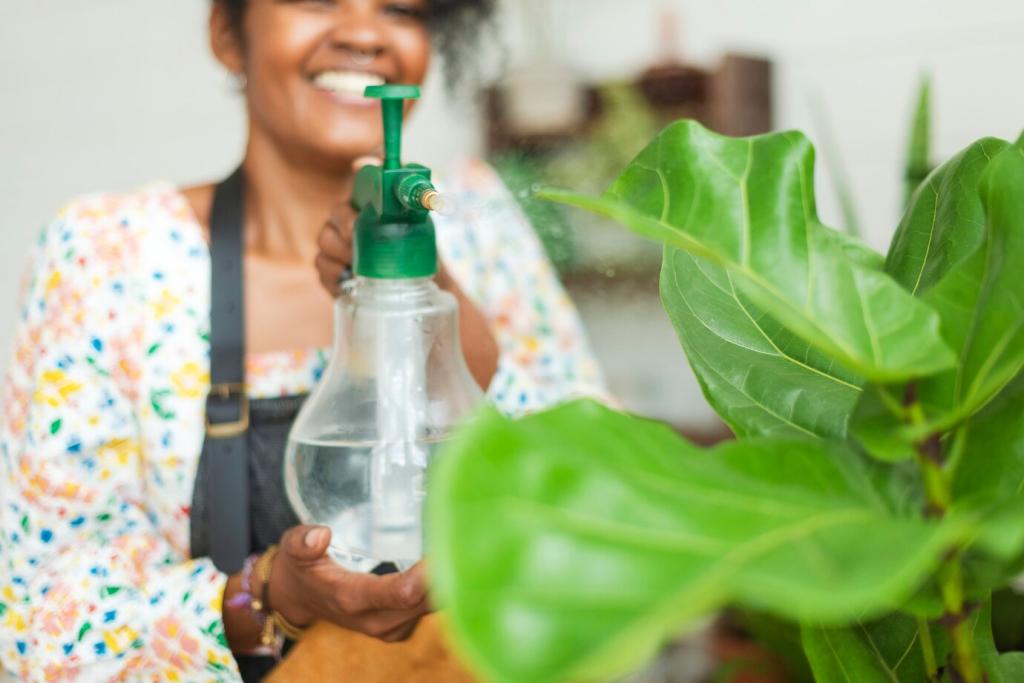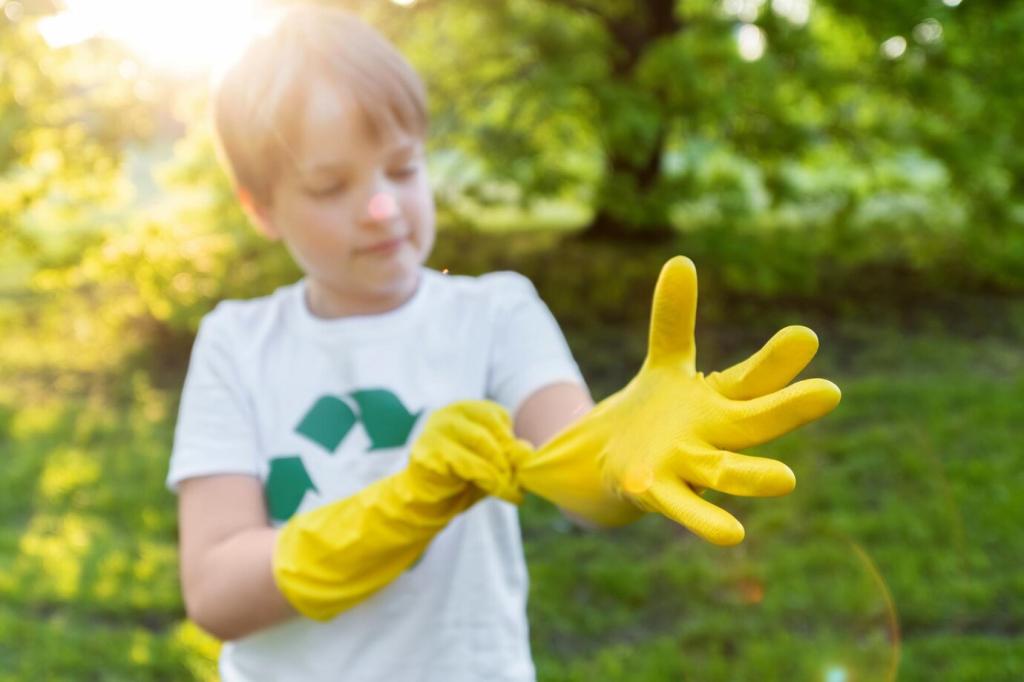Meet the Green Ingredients
Diluted white vinegar helps cut light grime and dull film, while citrus essential oils provide a fresh scent and gentle cleaning boost. Always shake blends before use and avoid bare or wax-free finishes. Share your favorite scent combinations in the comments.
Meet the Green Ingredients
Light, plant-based oils replenish wood’s luster without the greasy residue often left by heavier choices. Jojoba resists rancidity, olive offers easy availability, and grapeseed feels featherlight. Test a pea-sized amount first; finishes vary widely across furniture types.
Meet the Green Ingredients
Natural waxes add protective sheen and a silky touch. Beeswax is classic, carnauba is harder and high-gloss, and candelilla offers a vegan-friendly option. If you’ve tried a plant-only wax blend, tell us how it performed over time and what you’d tweak.
Meet the Green Ingredients
Lorem ipsum dolor sit amet, consectetur adipiscing elit. Ut elit tellus, luctus nec ullamcorper mattis, pulvinar dapibus leo.



